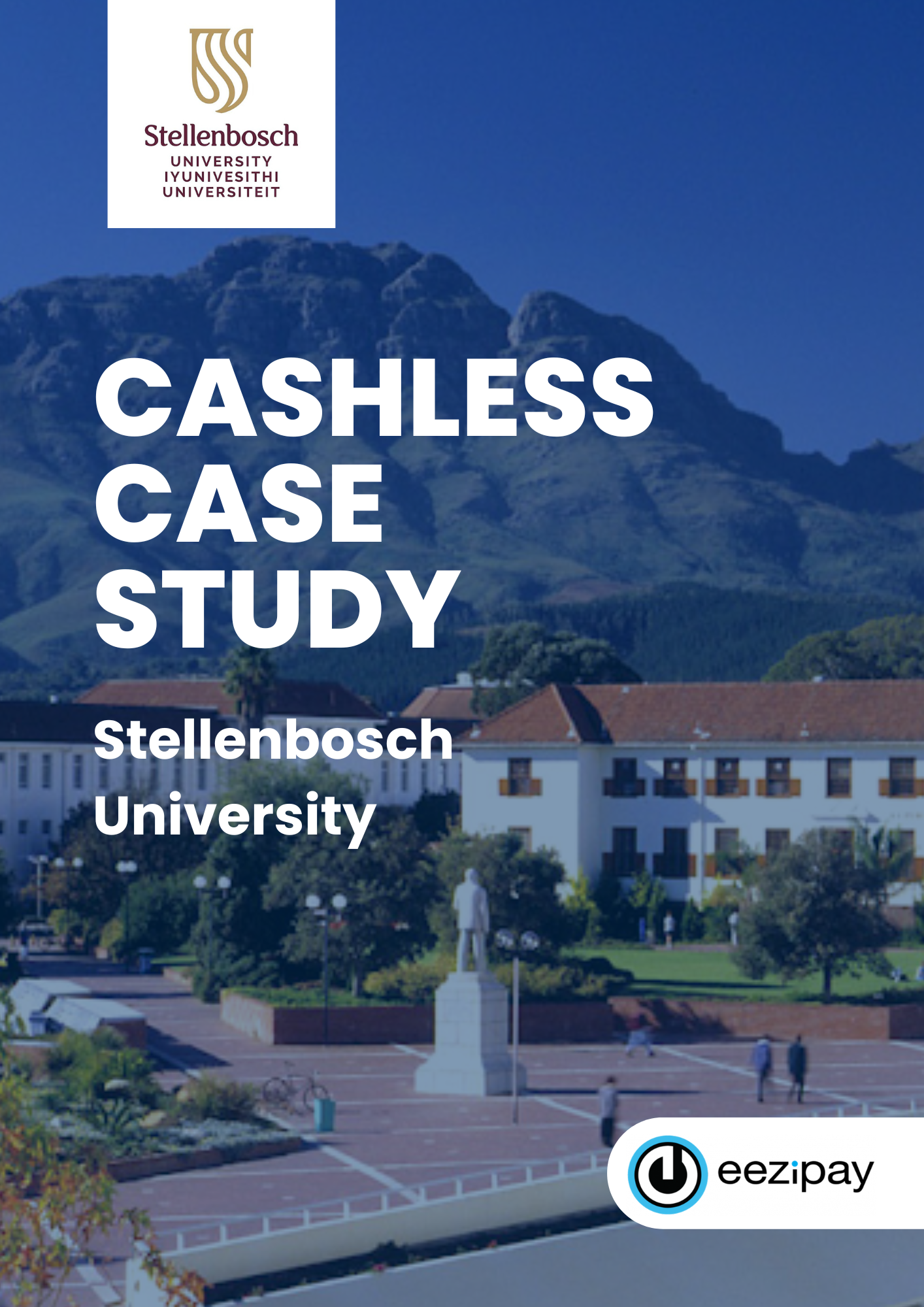Managing cash in the workplace is a growing operational burden. From the risks and costs of handling physical money to the administrative headache of managing meal vouchers and petty cash, the ‘old way’ is no longer the Eezi Way. As the push for a cashless South Africa accelerates, organisations like yours are seeking a smarter solution.
That solution is a staff wallet system.
This comprehensive guide will explain what a digital wallet is, how an e-wallet system functions, and how it can revolutionise your operations, finance, and HR functions. We will explore how this technology moves you beyond simple payments to create a controlled, efficient, and data-rich workplace environment.
Table of Contents
Decoding the Digital Wallet: What is a Staff Wallet System?
At its simplest, a staff wallet system is a private, company-managed digital wallet provided to employees. It’s a secure digital account, typically accessed via a mobile app or a physical staff ID card, that holds funds employees can use for purchases within your organisation’s environment.
Think of it as a dedicated digital replacement for: physical cash for canteen or vending machine purchases, paper-based meal vouchers or subsidy coupons, complex spreadsheets for tracking staff loans or advances, and insecure petty cash boxes.
Crucially, most corporate solutions are a closed-loop wallet. This means the funds are ring-fenced and can only be spent within your approved ecosystem (e.g., on-site canteen, specific vendors, or vending machines). This gives your organisation complete control and visibility over how and where funds, especially subsidies, are spent.
How Does an E-Wallet System Work in Your Workplace?
Implementing a mobile wallet system transforms your workplace environment by centralising and simplifying transactions. The process is straightforward and creates a seamless experience for both your staff and your management team.
- Funding the Wallet
Money enters the digital wallet in several ways, all controlled by your organisation’s policies. This includes employer-funded subsidies by automatically loading daily, weekly, or monthly meal subsidies, rewards, or stipends directly into the employee’s wallet. It also includes employee top-ups, where staff can add their own money via EFT, card payments, or from their salary. Finally, it can include payroll integration, allowing for seamless deductions or advances as a payroll wallet. - Making Payments
Once funded, using the wallet is instant. An employee approaches a point-of-sale (POS), such as the canteen till or a vending machine, and pays in seconds using their chosen method: either the mobile app (by tapping their phone or scanning a QR code) or their staff ID card (using their existing access card, which is linked to their wallet). The transaction is processed instantly, deducting the amount from their wallet balance. This drastically reduces queue times and improves operational flow. - Managing and Reporting
This is where the system provides immense value to management. A central admin portal gives you a real-time, 360-degree view of your entire ecosystem. You can track all transactions in real-time, see how and when subsidies are being used, pull detailed reports for financial reconciliation, and manage inventory and understand popular sales items to reduce food waste.
The ROI of Going Cashless: Benefits for Every Department
When exploring digital wallet solutions, you’ll encounter two main types: open-loop and closed-loop. For a corporate environment, understanding the difference is critical.
An open-loop wallet (like your bank app or a public e-wallet) allows users to pay anywhere. A closed-loop wallet (like Eezipay) restricts payments to your approved network.
Here’s a simple comparison:
| Feature | Closed-Loop Wallet System (e.g., Eezipay) | Open-Loop Wallet System (e.g., Bank App) |
| Use Case | Restricted to your workplace, canteen, or specific vendors. | It can be used anywhere that accepts the network (e.g., Visa). |
| Primary Goal | Control, subsidy management, and internal efficiency. | General-purpose personal spending. |
| Data & Reporting | High: The organisation has full visibility and rich data on internal spending. | None: The organisation has zero visibility into employee spending. |
| Subsidy Control | Full Control: You can ring-fence subsidies to be spent only on specific items (e.g., healthy meals) or at specific times. | No Control: Once funds are paid out (as cash or to a bank), you have no control over how they are spent. |
Essential Features of a Modern Mobile Wallet System
When evaluating a wallet system for your organisation, look beyond the basic payment function. A true solution should offer: flexible subsidy management (the ability to create complex rules, e.g., R50 per day, for meals only, non-transferable, expires at midnight); seamless integration (it must connect easily with your existing payroll, HR, and Point-of-Sale systems); robust security (full data encryption and compliance with financial regulations); powerful reporting (customisable dashboards that provide specific insights); and an intuitive user app (a simple, reliable app for employees to check balances, view transactions, and top up their accounts).
Frequently Asked Questions (FAQs)
What is a wallet system?
A wallet system, or e-wallet, is a software-based solution that allows users to store funds and make transactions digitally. In a corporate context, a “staff wallet system” is a private version of this, managed by the company for use by its employees within its own environment.
How does an e-wallet work?
An e-wallet works by securely storing a pre-loaded value (funds) in a digital account. This account is linked to a user (e.g., an employee) who can then use an app or a card to make payments from that balance at an approved pay-point.
What does a digital wallet mean?
A digital wallet is the broader term for any technology that stores your payment information and/or TAM (Transit Access Module) in a digital format. Your phone’s “tap-to-pay” feature is a digital wallet. A staff wallet system is a specific, more controlled type of digital wallet designed for a business environment.
What is the best digital wallet in South Africa?
The “best” digital wallet depends entirely on the use case. For personal, everyday spending, many public e-wallets and bank apps are available. However, for an organisation looking to manage subsidies, eliminate cash, and improve operational efficiency, the best solution is a secure, closed-loop staff wallet system that gives you complete control and detailed reporting.
The ‘Eezi Way’ to a Smarter, Cashless Workplace
The “best” digital wallet depends entirely on the use case. For personal, everyday spending, many public e-wallets and bank apps are available. However, for an organisation looking to manage subsidies, eliminate cash, and improve operational efficiency, the best solution is a secure, closed-loop staff wallet system that gives you complete control and detailed reporting.
A staff wallet system is far more than just a convenient way to pay for lunch. It is a strategic platform that provides the financial control of a CFO, the operational efficiency of an Operations Manager, and the positive employee experience that an HR Manager strives for.
By moving away from the risks and inefficiencies of cash, you open the door to a more efficient, secure, and data-driven organisation. You give your employees a seamless experience while giving your management the tools they need to make smarter, faster decisions.
Ready to eliminate cash and empower your workforce? Book a demo of Eezipay’s staff wallet system today and discover the future of workplace payments.


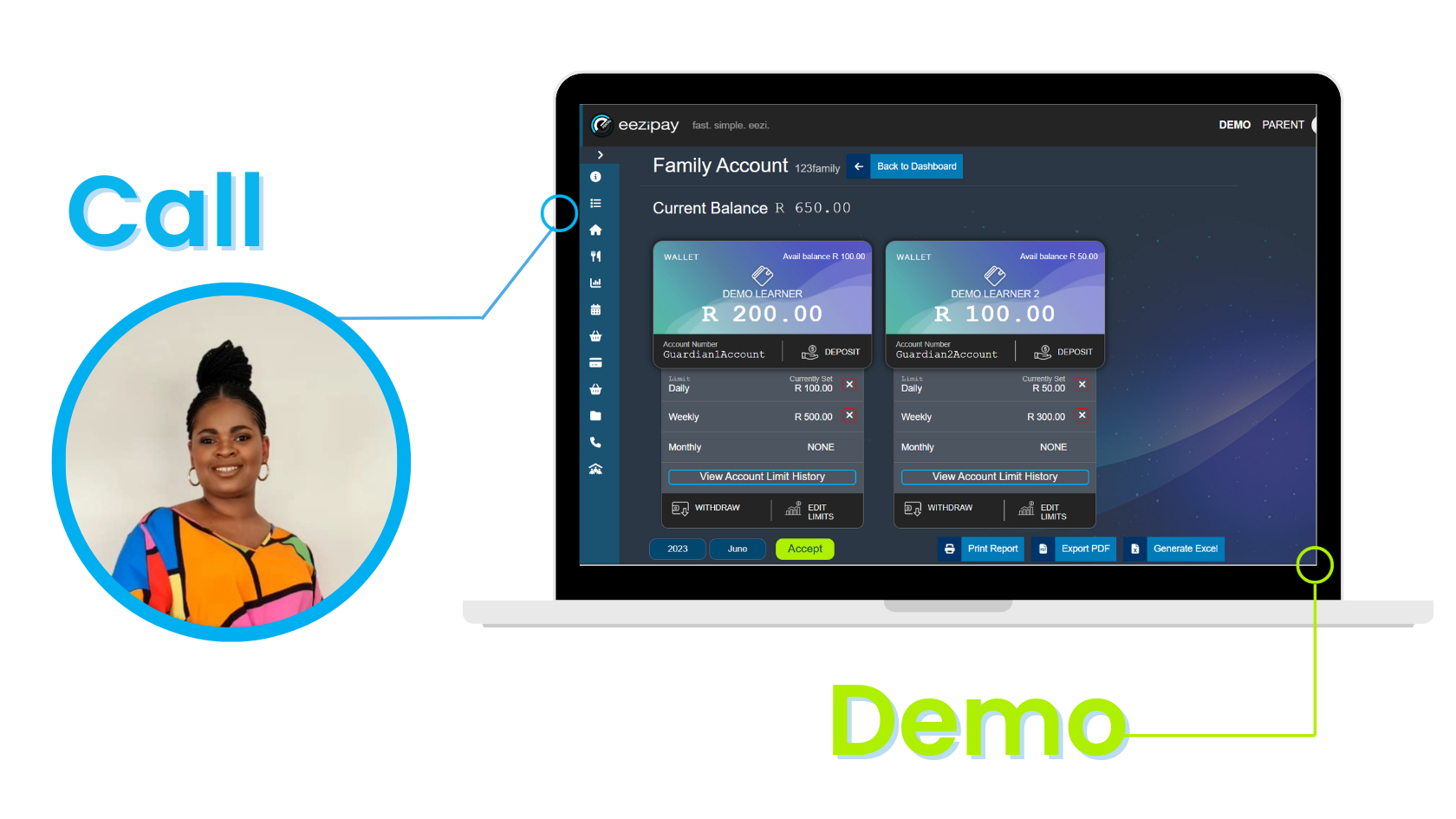

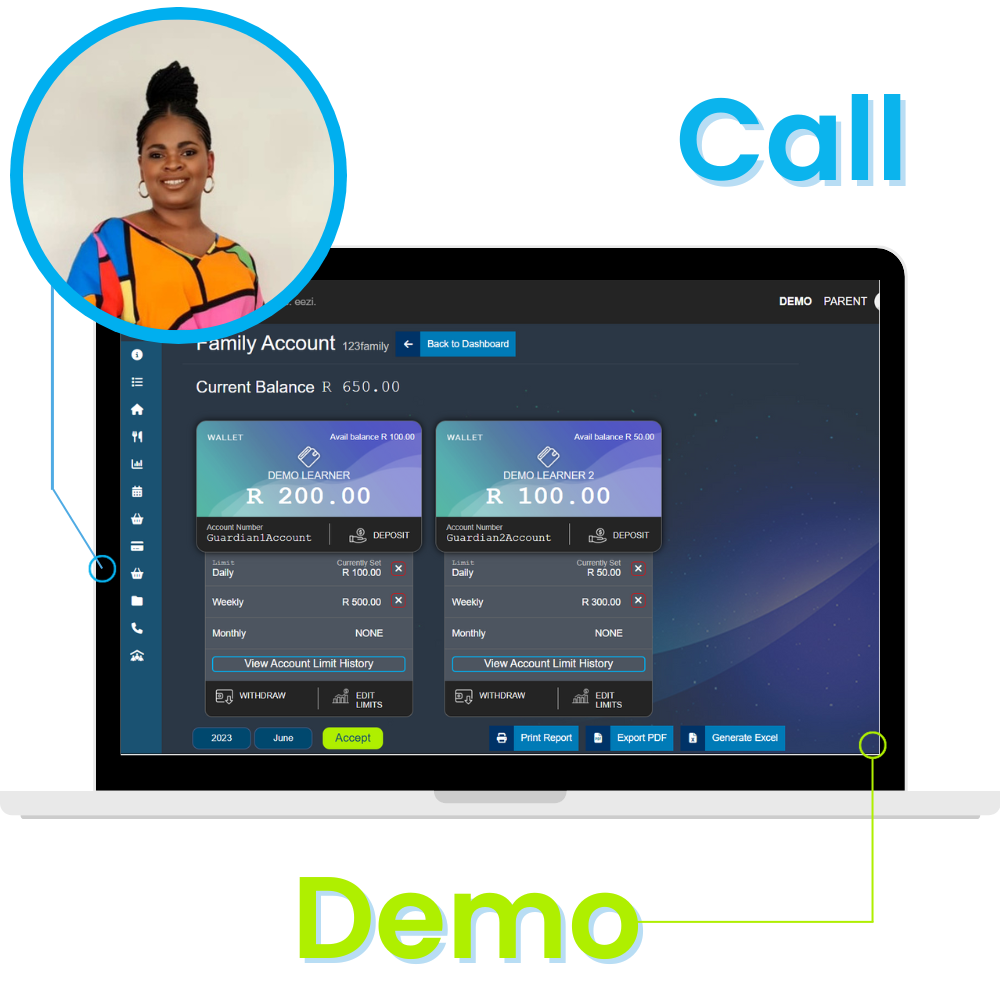
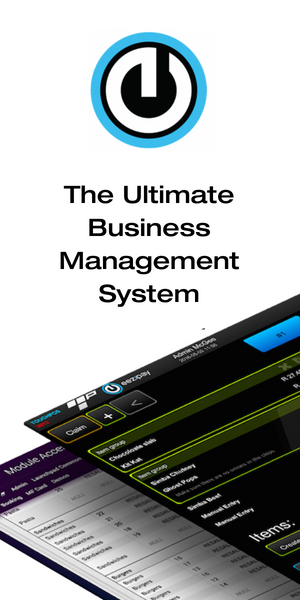

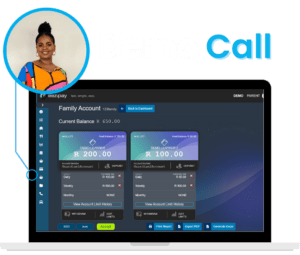

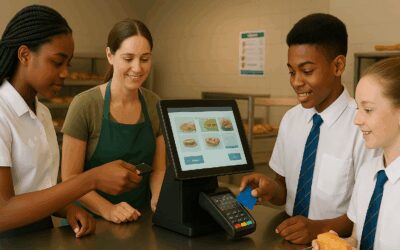
![How QR Code Payments Are Powering a Brighter Future for Universities [2025]](https://eezipay.com/wp-content/smush-webp/2025/05/QR-Codes-Payments-For-Universities-400x250.png.webp)
